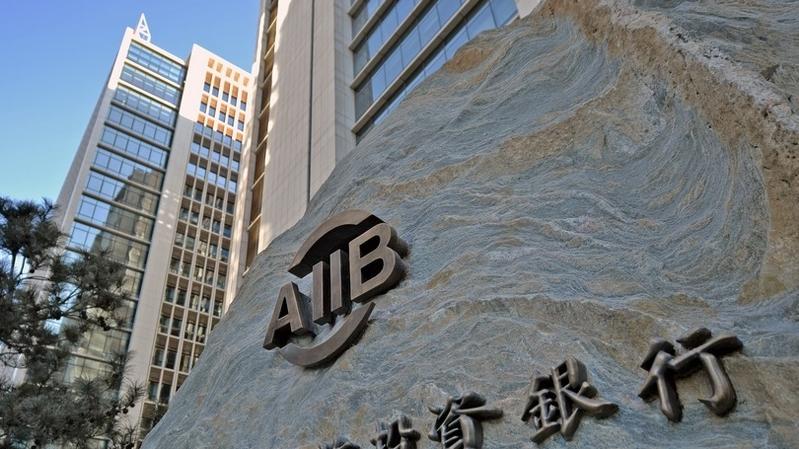Published 09 November 2015 | 4 minute read
With the AIIB set to commence operations by year-end, U.S. President Barack Obama – and whoever will succeed him – will need to demonstrate a defter touch in managing the next phase. Four basic facts should help illuminate the development of U.S. policy as the bank moves from drawing board to reality.
From any objective point of view, the U.S. badly botched its initial response to the establishment of the China-led Asian Infrastructure Investment Bank.
Citing its concern over the potential operational practices and policies of the bank, the U.S. strongly discouraged its close partners in Europe and Asia from joining.
However, the most important players, including Britain, Korea and Australia, rejected the U.S. overtures and proceeded to join. This heavy-handed and resoundingly unsuccessful attempt to pressure allies to eschew the AIIB left the U.S. looking ineffectual and somewhat out of touch with present-day realities.
With the AIIB set to commence operations by year-end, U.S. President Barack Obama – and whoever will succeed him – will need to demonstrate a defter touch in managing the next phase. Four basic facts should help illuminate the development of U.S. policy as the bank moves from drawing board to reality:
Fact #1: There is a need for significant infrastructure funding throughout Asia, which is beyond what the World Bank or Asian Development Bank (ADB) can deliver. Viewed strictly from that perspective, the establishment of an additional source of funding through the AIIB could be positive and productive.
Fact #2: The exact lending policies and practices of the AIIB are not yet firmly established. Concerns that the AIIB might establish lower standards than those typically required by either the World Bank or ADB, may or may not ultimately prove to be justified. But at this stage, we simply don’t know for certain. What is certain however is that countries on the outside are unlikely to have much influence.
Fact #3: China has already been and will continue to be a significant source of funding for infrastructure projects throughout Asia. The AIIB does not therefore represent something entirely “new” on the regional development scene. What is “new” is that the AIIB would place some portion of China’s funding within the framework of a multilateral institution.
Fact #4: China’s voting rights in existing institutions such as the World Bank and IMF are significantly underrepresented, given the size of its economy. While most member countries in these institutions acknowledge that China deserves a larger say, these sentiments have not yet been fully translated into concrete reality – and it is unclear when or if they ever will be.
While these four points are essential to frame the discussion, they generate little debate. The real debate about the AIIB revolves around the rather ill-defined question of whether the AIIB will be a “competitor” to the World Bank and the Asian Development Bank.
Of course, this is a somewhat loaded question depending on the precise definition of “competitor.” If making additional sources of funding available for infrastructure projects is viewed as “competing” with the World Bank or ADB, then, yes, clearly the AIIB is a competitor.
But since the mission of the AIIB will overlap with the mission of these other institutions, the question arises as to why its efforts would not be seen as complimentary. And indeed, the presidents of both the World Bank and the ADB have already signaled their desire to work cooperatively with the AIIB.
In reality, the heart of the debate, at least from the U.S. perspective, has less to do with the development agenda and more to do with global leadership in multilateral institutions.
Since the founding of the Bretton Woods system in the aftermath of WWII, the United States and its philosophically like-minded partners have been mostly successful in crafting a set of global institutions which reflect their values and priorities.
The governance structures of these institutions have unapologetically tilted towards developed-world, free-market democracies: The World Bank is always run by an American, the IMF is always run by a European and the ADB is always run by a Japanese.
But China’s stunning economic rise now puts it in a position where it can credibly aspire to reconfigure the game board – both in terms of existing institutions, as well as with the establishment of new ones. The AIIB, obviously, is the most consequential gambit thus far.
Since China’s rise was predicated on a very different form of government, a very different view on the role of the state in the economy (and trade and investment politics that sometimes seem closer to mercantilism than free trade) the philosophical foundations of the postwar system of global institutions could increasingly be challenged by these alternative philosophies, as China’s role and influence increases.
The U.S. standoffishness towards the AIIB is driven therefore by broader concerns about the long-term impact of growing Chinese leadership in international institutions. This leaves Washington with a difficult, but unavoidable question: What should the U.S. policy response be to China’s desire to play a more proactive leadership role in the global system of multilateral institutions and specifically the AIIB?
The evidence thus far suggests that sitting on the sidelines is probably not the smart option. Engagement and a full-throated advocacy for the principles upon which the current system is built makes more sense.
The U.S. fumbled the opening kick-off, but it’s time to move on. Initial discussions on joining the AIIB should be commenced as soon as is practical.
© The Hinrich Foundation. See our website Terms and conditions for our copyright and reprint policy. All statements of fact and the views, conclusions and recommendations expressed in this publication are the sole responsibility of the author(s).

